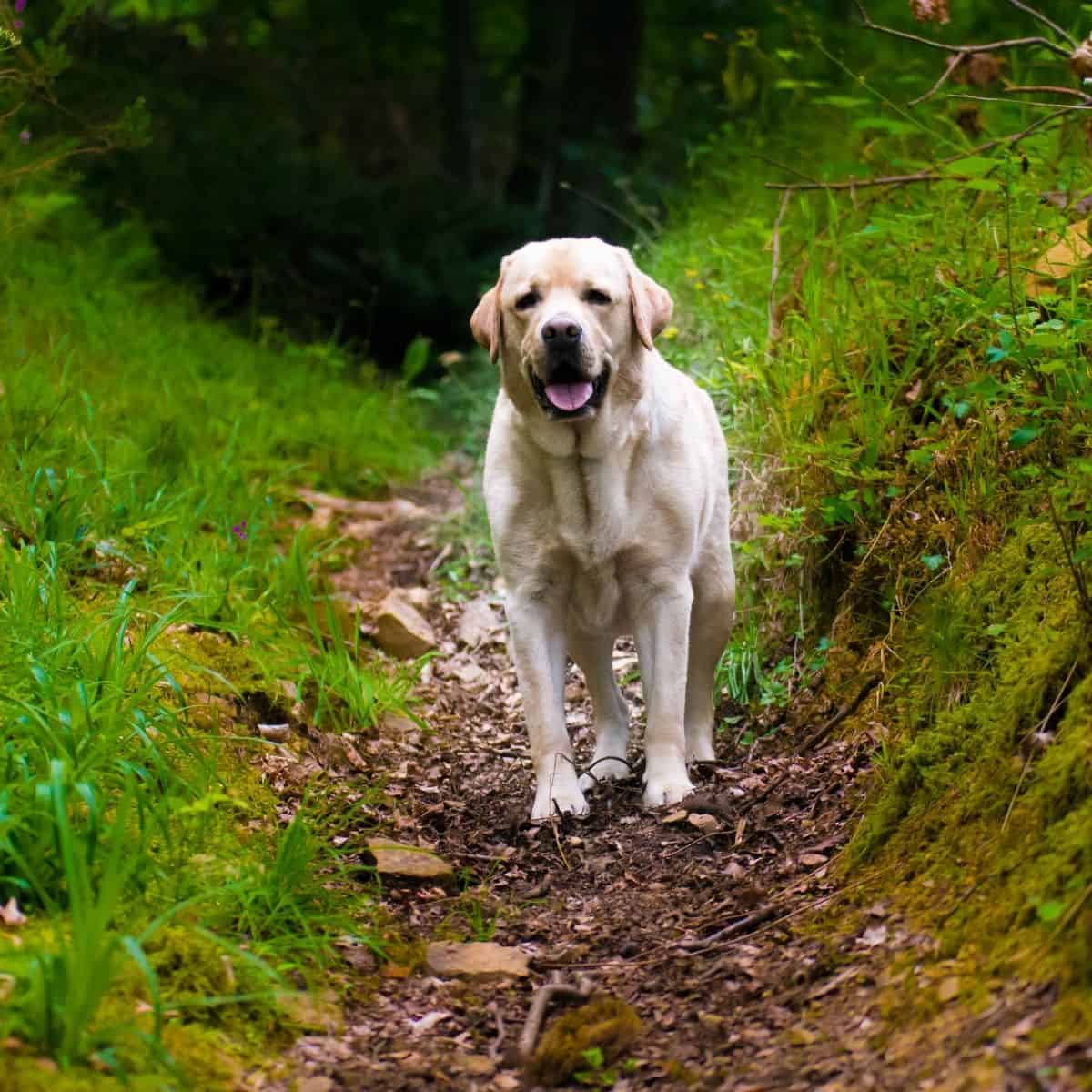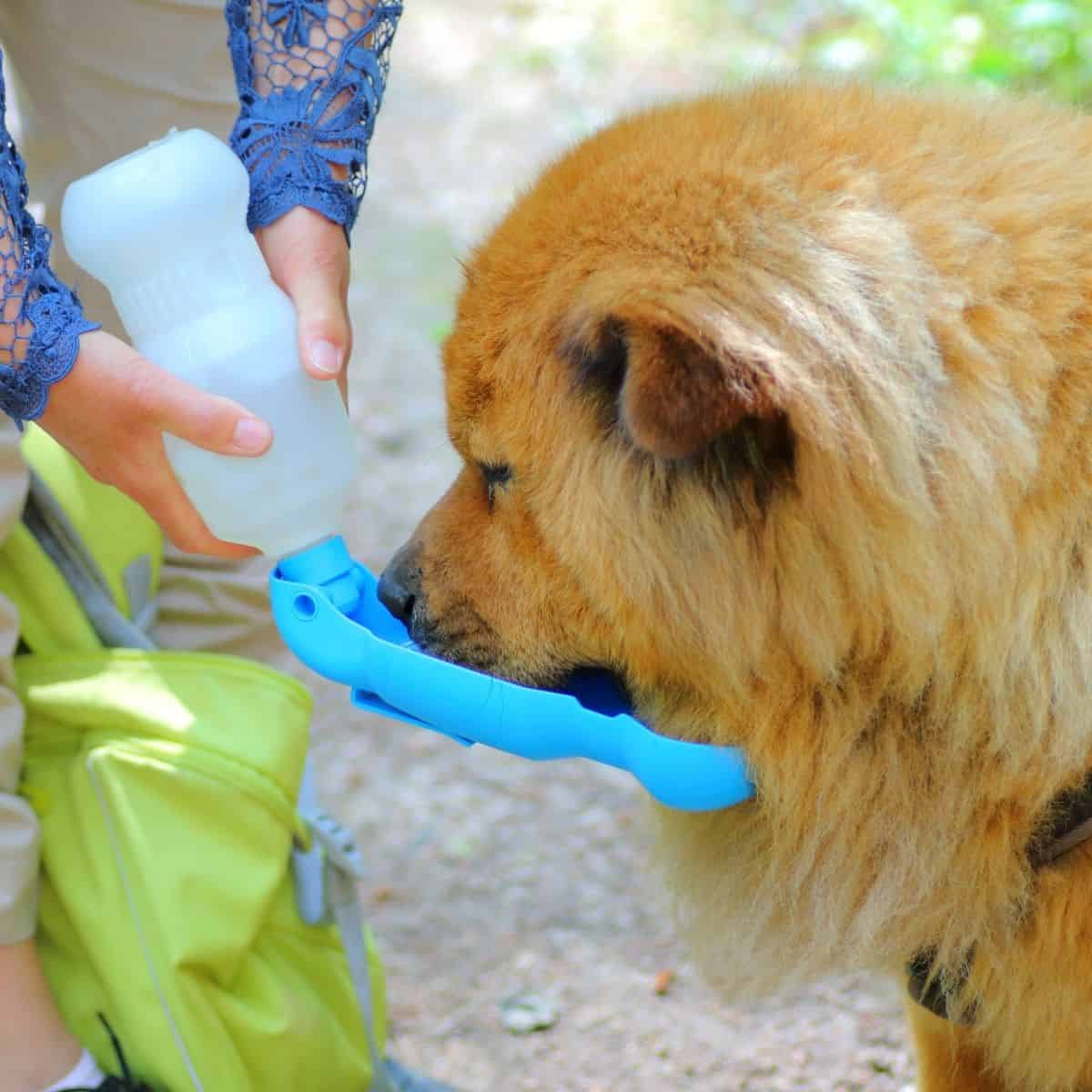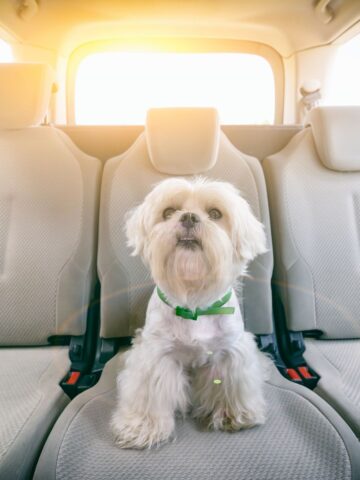Hiking With Dogs 101
Hiking with dogs provides a great way to enjoy nature while exercising, getting some sunshine and breathing in fresh air, but taking a walk in these wild places requires a little extra planning than a stroll in your neighborhood.
When you hike with dogs, think about things for both you and your dog. Think about your safety, so your dog knows he can’t run off, and your safety, so your dog doesn’t run off.
You also have to think about your dog’s safety, so he doesn’t run off and is injured or killed.
Check our lists to make sure your pup is trail ready!

Advance Planning
When you see photos of people hiking with dogs, you probably think they're just as confused as you are about what to do.
The truth is, hiking with dogs is a great way to experience the great outdoors and get some exercise, and not surprisingly, it's also a great way to meet other dog lovers.
In order to ensure that you and your canine companion have a safe and enjoyable hike, you should know a few things before heading out.
Get the green light. Check with your veterinarian if your dog has a health condition that may limit their ability to hike.
Boost vaccines. Vaccines against rabies, distemper, and leptospirosis need to be updated before taking a trip; pets can spread those diseases.
Apply flea and tick prevention. Make sure your dog doesn't bring back any undesirable hitchhikers with a quick dose of parasite prevention.
Check trail regulations. Many trails do not allow dogs, and some parks have recently been closed due to COVID, so check the regulations before you go.
Start conditioning. Depending on the length and difficulty of your hike, your dog may need a training routine to build muscles and stamina. If your dog will be carrying food and water in a backpack, remember to condition him with the backpack on as well.
Brush up on training. Your dog's "Leave it" or "Come" commands can be lifesavers if it comes in contact with wildlife or eats something it shouldn't. The basic leash etiquette is also helpful to avoid getting dragged behind every exciting thing your dog sees.

Day of Packing List for Hiking with Dogs
Water, water, water! Like you, your dog will get hot and dehydrated on the trail, and he will need more water than he normally drinks when lounging around the house. It is essential to pack enough water to prevent overheating and even heatstroke.
Water bowl. It may seem obvious, but it is often overlooked. Collapsible water bowls are lightweight and easy to carry.
Food. Pack a snack for your dog if your hike will take more than several hours. Plan to bring more food than your dog usually consumes if you are backpacking for a day or more.
Secure collar. Your dog is less likely to get lost chasing wildlife if his collar is secure.
6-foot leash. While hiking, retractable or very long leashes are problematic. They are easily tangled in underbrush and prevent excellent control over your dog.
Poop bags. Leave it as you found it also applies to dog waste! Let's keep our trails clean by picking up after our pets.
Dog booties. Pack these if your route will take you over rough terrain.
Hiking first aid kit. Your hiking first aid kit can also serve as your dog's first aid kit. A dog's emergency kit should also include tweezers (used to remove grass lawns, cactus spines, and even ticks) and a muzzle. In a pinch, you can also secure a clean sock to your foot with some tape to act like a temporary bandage.
Trail Etiquette for Hiking with Dogs
While hiking, dogs often have a blast—charging up the trail, sniffing all the fresh scents and spotting the wildlife they love. All that exuberant canine energy can sometimes cause havoc on fragile ecosystems.
Pick dog-friendly hikes. There are some trails where dogs are not allowed, especially in national parks. These rules may seem overly restrictive to dog lovers, but they are mostly applied to habitats that would be affected by even the most perfectly mannered dogs.
Stay on the trail. Foot and paw tripping can kill certain plants and damage ecosystems, which leads to erosion.
Always keep your dog on leash. It will also prevent your excited pooch from chasing wildlife and running off trail, behaviors that are harmful to natural habitats, as well as potentially dangerous for your dog, who may end up injured or lost.
Never leave droppings behind. You need to carry your dog's poop until you reach the trash can; bagging it isn't enough. Left on the side of the trail to be collected on the way back, bags are often forgotten, and since they don't decompose, they remain there for a very long time.
Don’t disturb the wildlife. Wild animals may be excited to see your dog, but they are less excited to see you, especially if it is calving or nesting season. If they feel threatened, larger animals like moose or buffalo may charge.
Leave it like you found it. Preserve green spaces to keep the environment pristine. Keep an eye out for dropped treats and kibble, which are unhealthy snacks for wildlife.
On the Trail Hiking with Dogs
For the safety of your dogs, ourselves, fellow hikers, as well as the wildlife and the fragile habitats we may run across while hiking, it’s always important to follow the National Parks System B.A.R.K rules while on the trail:
- Bag your pet’s waste.
- Always leash your pet.
- Respect wildlife.
- Know where you can go.
Following these guidelines will ensure a fun and safe hiking trip for you and your dog!






Leave a Reply